Known as Tandapi, it is located west of the Canton. Its surface is of 495.96 km2, because of its privileged location, in the western mountain range, it constitutes a window of the Serranía to the subtropical region; land of inhabitants that with work and effort have transformed large areas of forest and mountain into a cosy place that enjoys a privileged climate.
The main populated center of the parish is 70 km south of Quito. Most of its inhabitants are dedicated to livestock, agricultural and aquaculture activities, whose production highlights the trout. Forced passage for both carriers, and passengers going to the coast. Its nature provides an exotic beauty and a healthy climate.
Ninahuilca Volcano
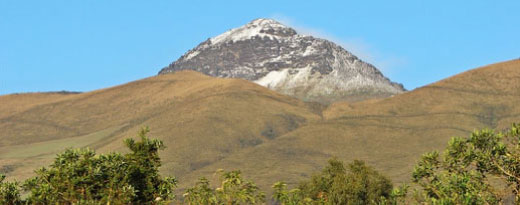
Ninahuilca forms part of the Atacazo-Ninahuilca volcano grouping. It is the youngest of the group, and located within the Manual Cornejo Astrorga Parish. Its peak reaches 3,830m in altitude.
The volcano is named in the Kichwa language, and means “The Fire Worshiper.”
Waterfalls of Canchacoto
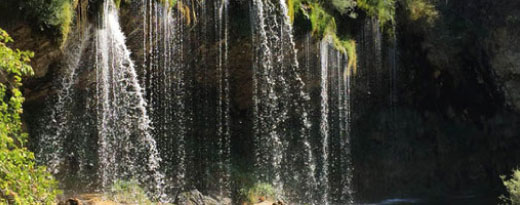
Collecting the crystal-clear waters born in the Western Andean mountain range, beautiful waterfalls descend, surrounded by the native vegetation of the cloud forest.
In Canchacoto, Manuel Cornejo Astorga Parish, there is a group of waterfalls that is just waiting to be visited. The enclosure is located 2.5km along the Alóag – Santa Domingo road, at Kilometer 36 on the right-hand side.
Waterfall of Love
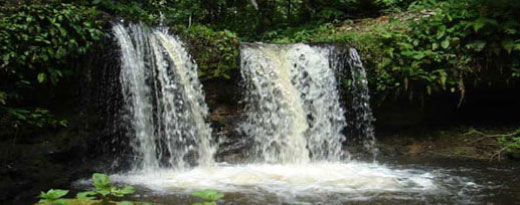
In the populated center of the Manuel Cornejo Astorga Parish, near the bottled water manufacturer “La Quebrada,” there is a waterfall 20 meters high. It is a thin, beautiful fall, which locals have christened “Cascada del Amor” (“Waterfall of Love”).
The Brutal Power
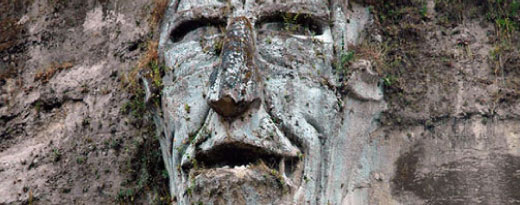
On the road between Alóag and Santo Domingo, past Tandapi, between the road and the forest, one finds located a strange monument. At first sight, it is the representation of evil—the face of the devil.
In reality, the artist, Don Buenaño, attempted to symbolically represent the human being’s power over our surrounding environment—the impact of our footprints, the brutality with which we have behaved throughout the course of history. In line with the theme, the sculptor decided to name his work “El Poder Brutal” (“Brutal Power”); and the image most representative of this human brutality was exactly the being that invokes our worst fears: The Devil. The sculpture “El Poder Brutal” was created in years 1985 and 1987. Author: Cristóbal Buenaño. Sculpted in the crest of the hill, from a single stone then covered in cement.
Toachi Pilaton Hydroelectric
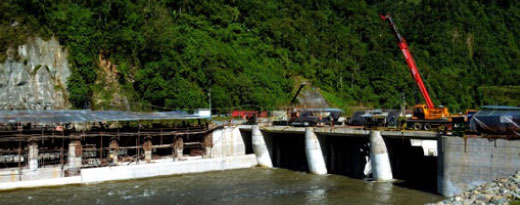
Located in the tributaries of the western cloud forest, this project is comprised of two dams in staggered formation: Pilatón-Sarapullo. The result is a landscape without comparison. It is accessed by the “Palma” enclosure, by second and third-level roads.
Motivate yourself to cycle through this area, as the road features native flora and fauna, especially in the myriad of orchids and variety of birds.
Waterfall of Napac
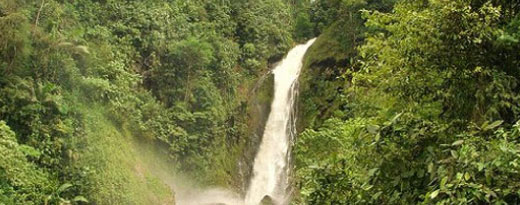
This attractive site is located in the Manuel Cornejo Astorga Parish, at Kilometer 20 along the Alóag – Santo Domingo road.
The river of the same name is born in the Western mountain range—thanks to the low-lying clouds that travel from the coast towards the highlands, and turn into rain as they hit the mountains. After travelling through forests and ravines, the waterfall descends for the view and enjoyment of its visitors.
It is possible to walk and take pictures in the surrounding area.
Biological Station La Hesperia
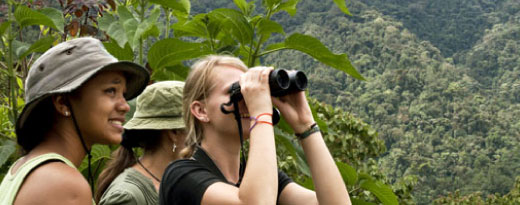
This magical place extends across 800 hectors of Cloud Forest designated for wildlife conservation. It is a space full of pure nature, life, and extreme emotions.
La Hesperia is located at the heart of the “Important Area for Birdlife Conservation” (AICA), Río Toachi-Chiriboga. This reserve belongs to the two most important bio-regions in the world: “Chocó Darien” and “Tropical Andes.”
Here exist three kinds of forests, in which approximately 320 species of birds, 40 species of mammals, 63 species of butterflies, and over 200 species of plants have all been identified.

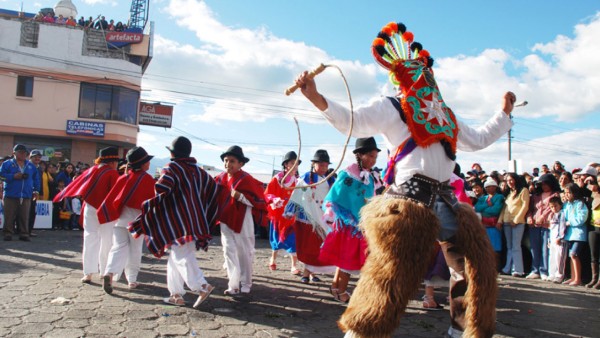



 José Mejía E-50 y Bolívar
(Frente al Parque Central de Machachi)
Phone: 381 9250 Ext. 162
José Mejía E-50 y Bolívar
(Frente al Parque Central de Machachi)
Phone: 381 9250 Ext. 162

